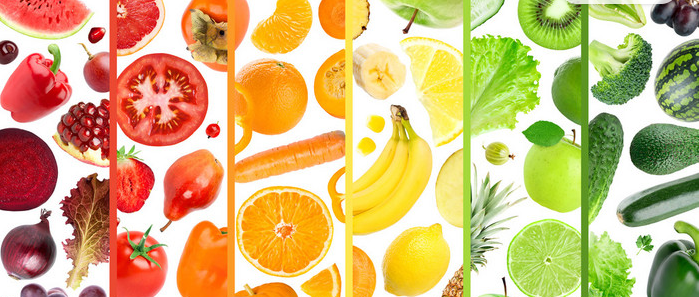Flavors and fragrances

Flavors and fragrances refer to substances with inherent aromatic properties. Most pastries and biscuits use spices and flavors to improve or enhance their aroma and flavor. These flavors and fragrances are called flavoring agents or flavoring agents. Flavors can be categorized into natural and artificial flavors based on their source. Natural flavors include animal and plant-based flavors, with plant-based flavors primarily used in food production. Artificial flavors are compounds derived through synthetic reactions using raw materials such as petrochemicals and coal tar. Flavors are complex flavors made by blending several or even dozens of flavorings with diluents. Strictly speaking, spices generally refer to raw materials used as flavoring ingredients and are rarely used directly in food. Flavors, on the other hand, are important ingredients used directly to enhance food flavor.
Flavoring food is a complex process, not simply combining a few flavors. It also involves many factors, including the ability of the flavor to blend with the food base, its acid and heat resistance, and its stability during sterilization and storage. Furthermore, because flavor sources and purity vary from one flavoring manufacturer to another, even the same flavoring can have significantly different dosages in a single product, requiring careful consideration when using it. Generally speaking, for liquid foods, the total dosage of various flavorings should not exceed 0.1%, preferably less than 0.05%. However, for solid products, the dosage is generally around 0.1%.
Flavors and spices in food stimulate and stimulate appetite, making them an indispensable component. High-quality flavors and spices add the finishing touch to a product. Freshness and naturalness are precisely what the food industry aims to achieve with flavors and spices, and the clever combination of flavors can enhance a product’s overall appeal.
Flavors and spices are common in pastry and biscuit recipes. With a few exceptions, they are added to almost every type of pastry or biscuit. The primary purpose of using flavors and spices in pastries and biscuits is to impart a unique aroma and enhance the flavor. Therefore, different flavors and spices can be selected to create a unique aroma for each pastry or biscuit variety. For example, cream crackers are flavored with cream; coconut milk pancakes are flavored with coconut oil; and orange paste cookies are flavored with orange essential oil. Natural flavors are safer and have a mellower aroma, making them superior to artificial flavors and fragrances. There are many types of natural flavors, with lemon oil, orange oil, and coconut oil being common. Most flavorings are blended to mimic the aromas of various fruits. Common flavorings used in biscuit production include lemon, orange, coconut, banana, and strawberry. Other commonly used flavorings include cocoa, cream, and vanilla. Water-soluble flavors are blended with diluents such as distilled water, ethanol, propylene glycol, or glycerin. They are volatile and unsuitable for flavoring baked goods. Oil-soluble flavors are blended with diluents such as refined vegetable oils, glycerin, or propylene glycol. They are more heat-resistant than water-soluble flavors and are therefore suitable for use in baked goods.

